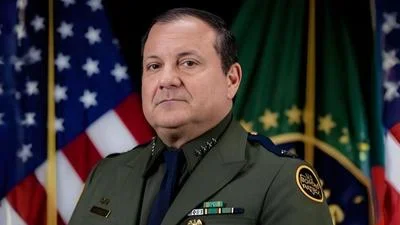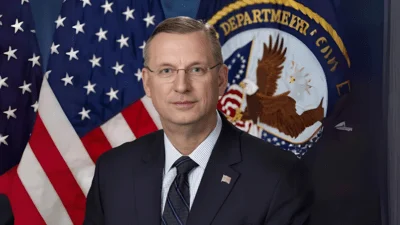U.S. Transportation Secretary Sean P. Duffy announced significant updates to the Department of Transportation's National Environmental Policy Act (NEPA) procedures, aimed at reducing regulatory hurdles and expediting infrastructure projects. These revisions are expected to halve the existing NEPA procedures, thus accelerating major infrastructure developments such as roads and bridges.
"Under President Trump’s leadership, America is building again," stated Secretary Duffy. "USDOT’s NEPA reforms will make it possible to deliver roads, bridges, and other critical infrastructure projects faster and more affordably."
The updates consolidate six separate procedural sets into a unified USDOT Order for most of the department's Operating Administrations (OAs). Additionally, specific revisions have been made for the Federal Aviation Administration (FAA), and joint procedures for the Federal Highway Administration (FHWA), Federal Railroad Administration (FRA), and Federal Transit Administration (FTA).
These changes include enforceable deadlines, simplified categorical exclusions, and a refined focus on significant environmental impacts. The effort aligns with President Trump's vision to revamp outdated processes that hinder large-scale federal projects.
Three main updates were released: Department-wide Order 5610.1D; Joint FHWA, FRA, and FTA procedures under 23 CFR Part 771; and FAA’s Order 1050.1G. These updates were coordinated with the White House Council on Environmental Quality as part of an initiative to streamline environmental review processes.
Key reforms involve setting deadlines for reviews, clarifying when NEPA applies based on agency control over a project’s environmental footprint, and simplifying processes for creating categorical exclusions. The revisions aim to fast-track infrastructure such as roads, bridges, broadband installations, and energy facilities.
Before this update, some federal agencies operated under nearly four-decade-old NEPA procedures last revised in 1985. This modernization seeks to cut bureaucratic layers quickly by following guidelines from President Trump’s Unleashing American Energy Executive Order; Congress’ BUILDER Act amendments; and recent Supreme Court rulings.
The U.S. Department of Transportation's actions signify a move toward reforming federal environmental review processes to facilitate growth in secure infrastructure across the nation.





